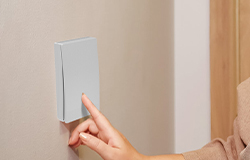With the continuous progress of science and technology, electrical equipment in home life is also continuously intelligentized, in the switch, as an important part of electrical equipment, is also experiencing innovation and improvement. As a new generation of intelligent switches, self-powered switches show many unique advantages compared with traditional switches. This paper will analyze the detailed comparison between self-powered switches and traditional switches in terms of energy efficiency, ease of use, safety, and other aspects.
First of all, energy efficiency is one of the important indicators for evaluating a switch. While traditional switches require an external power supply and are controlled by an electrical system for switching, self-powered switches autonomously obtain energy through pressure, vibration, or light using a built-in energy harvesting system. This makes self-powered switches more energy-self-sufficient as they do not rely on an external power source. In daily use, self-powered switches can make full use of the weak energy in the environment to realize autonomous power supply, reducing the dependence on the traditional power system and thus improving the efficiency of energy utilization to a certain extent.
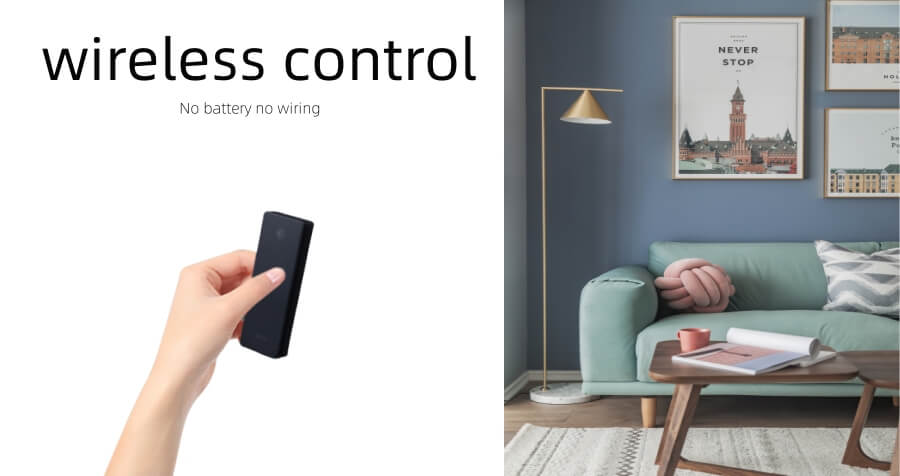
Secondly, ease of use is also an important factor that people consider when choosing a switch. While traditional switches usually require wiring connections and a cumbersome installation process, self-powered switches do not require complex cable wiring, reducing the difficulty of installation. In addition, self-powered switches usually adopt wireless technology, which allows users to realize remote control through smartphones or remote controls, making it more convenient to control lights in different locations or different rooms. At the same time, self-powered switches usually have intelligent interaction methods such as touch, voice, or gesture recognition, making the interaction between users and switches more flexible and intuitive.
In terms of safety, self-powered switches also have their unique advantages. While traditional switches have safety risks such as excessive current and short circuits during use, self-powered switches adopt low-voltage and low-current operation, which greatly reduces the risk of electric shock during the use of electrical equipment. In addition, since self-powered switches do not require an external power supply, the fire risk of electrical equipment is reduced to a certain extent. In family life, especially in families with children, the safety performance of self-powered switches is more able to meet people's needs for family safety.
However, self-powered switches also face some challenges and limitations. First, self-powered switch technology is still in the development stage, and the production cost of self-powered switches is relatively high compared to traditional switches. Second, self-powered switches require certain environmental conditions for energy collection, which may affect their normal use if there is a lack of collectible energy in the environment. In addition, the intelligent characteristics of self-powered switches also make them more dependent on electronic components and chips, which may require professional maintenance in case of failure.
In summary, self-powered switches show unique advantages over traditional switches in terms of energy efficiency, ease of use, and safety. With the continuous progress of science and technology and the maturity of self-powered switch technology, it is believed that self-powered switches will be more widely used in household and commercial fields in the future. However, people still need to weigh various factors when choosing a switch and make a wise choice based on specific needs and usage environment.

 CN
CN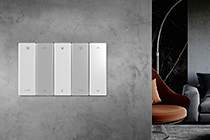
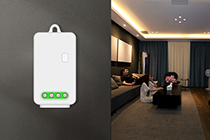

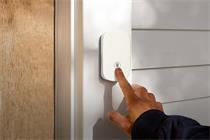
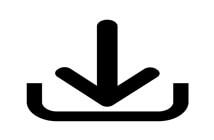

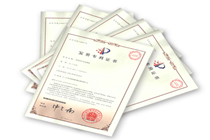


 Home
Home DFM
DFM  Jan 05,2024
Jan 05,2024 
 How to Improve Your Quality of Life with Smart Switches
How to Improve Your Quality of Life with Smart Switches 
 Jan 03,2024
Jan 03,2024 








